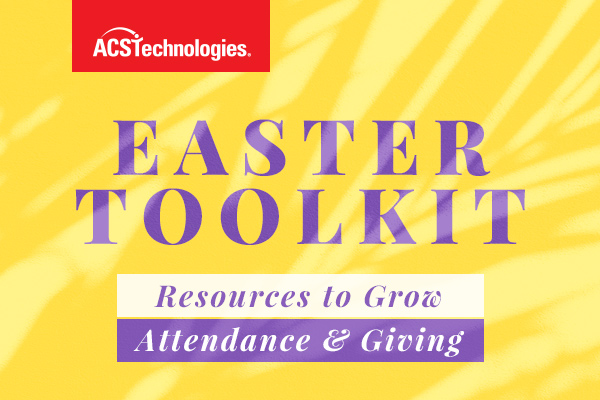The season of Lent will soon be upon us. When we prepare for Easter by setting aside time to reflect on Jesus Christ. To consider his suffering, sacrifice, life, death, burial, and resurrection. The three traditional pillars of Lent are prayer, fasting, and almsgiving. We journey to develop a closer relationship with God through the three pillars of Lent. To summarize, Lenten’s penance, explained and practiced for 40 days, should be filled with reflection, service, and prayer.
Penance means the repentance of sins by taking some form of action in reparation for our sins. Just as we sinned by committing or omitting something we shouldn’t have, we should do penance by committing or missing something to acknowledge it. And this is for our benefit. Just as sin did something tangible in our souls by causing damage, in the same way, penance does something real in our souls by bringing healing. Doing penance spiritually turns our hearts away from sin and back on the right path. The reconciliation with God and a life of holiness lived according to his will. This is foundational to penance for lent.
What is a Lenten penance? Practicing penance for 40 days during Lent is to accomplish something good in our lives and to remove obstacles to loving God with our whole heart. The Sacrament of Penance reconciles us with God. “The whole power of the sacrament of Penance consists in restoring us to God’s grace and joining us with him in an intimate friendship” (CCC, no. 1468). Lenten penance is part of our pilgrimage, and there are two primary reasons for it:
- To make reparation for our sins: We need to grow in understanding the depth, seriousness, and consequences of our sins that Jesus sacrificed himself for. Lest we forget that all sin is an offense against God and something for which we must make amends to restore our right relationship with him.
- To grow in virtue: We give penance to deny ourselves the movements of the lower parts of our nature, thus making our will grow stronger towards the higher parts of our nature so that we will be better able to resist temptations to sin. Virtue is only gained by choosing it over the vice most opposed to it.
The 40 days of Lent are based on two accounts of spiritual testing in the Bible. The 40 years of wilderness wanderings by the Israelites after the exodus from Egypt (Numbers 33:38 and Deuteronomy 1:3). And the Temptation of Jesus after he spent 40 days fasting in the wilderness (Matthew 4:1-11; Mark 1:12-13; Luke 4:1-13). We are asked during Lent to imitate Jesus’ days in the desert. Jesus prayed and went without food for forty days and nights in complete solitude. He faced and resisted the devil’s temptations. He put His trust in and accepted God’s will.
Lent should be a time of purification and anticipation. We do penance to make more room for God in our lives. Not because we’re trying to earn his love or ‘pay him back’ for our sins. “Marking our foreheads with ashes (on February 22nd) is an outward sign of internal conversion. It is also an invitation to ‘Turn away from sin and believe the good news.’ In this annual invitation, we acknowledge our human vulnerability, and we pray to be strengthened by God’s grace, mercy, and love.” Lent can also bring great joy to those who use this season to hear from God.
Use These Customizable Resources To…
- Get more people to come to your Easter services than ever before
- Grow your church by turning first-time guests into regular attendees
- Increase giving by mastering donation requests
- Engage children and keep them coming back for more
Carol has worked in the ACST Marketing department and managed most aspects of marketing over the last 20 years. Before ACST, she spent many years handling marketing for companies across the US, including Novell, WordPerfect, Purolator Courier, ArtToday.com, and U.S.News & World Report. Carol is a cradle Catholic who has been active her entire life (a long time!) and has served in volunteer positions within her parish, including formation instructor, lector, code red responder, and numerous other volunteer roles.





